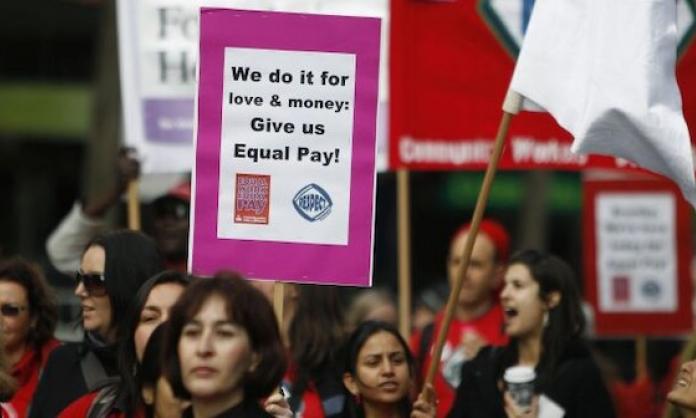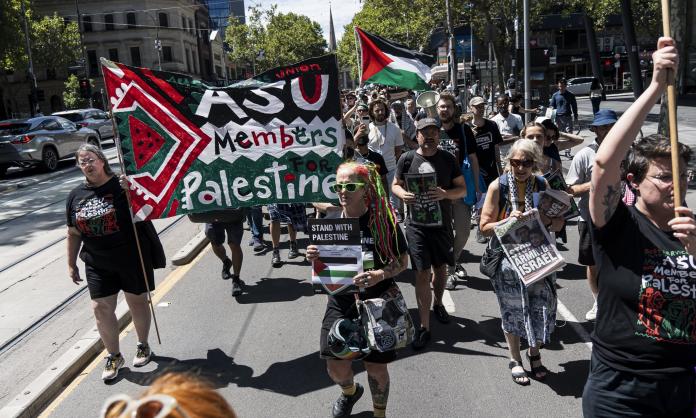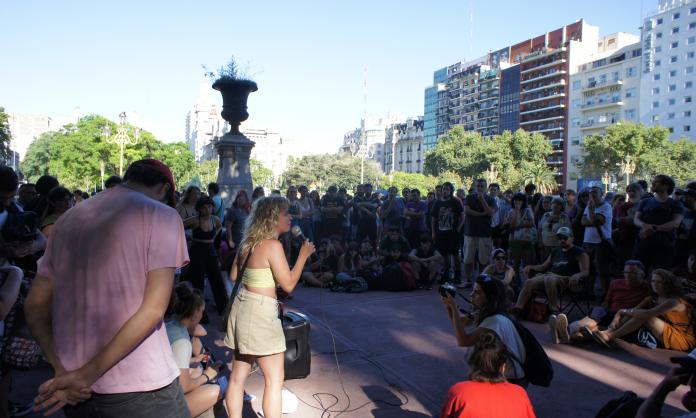Curtin University in Perth has announced that it will slash around 150 fixed-term and sessional staff by the end of the year. This comes on top of more than 100 staff sackings during a so-called “reshaping” process that occurred only two years ago. Then, staff were sacked across the university just a few weeks into first semester.
The latest announcement comes during enterprise bargaining negotiations, in which Curtin is seeking to slash long-held conditions for staff, as well as impose a real wage cut, offering workers a 3.5 percent increase over 4 years.
Curtin’s stated reason for the jobs cuts is a slight downturn in the WA economy. It isn’t even claiming a budget emergency. In fact, vice-chancellor Deborah Terry (who was appointed in February 2014, a month before the last round of staff sackings), wrote a note to all staff on 11 November to specifically deny reports that “Curtin is facing a crisis”, saying “we remain in a sound financial position”.
Detail is thin on the ground – management won’t tell the union what’s going on, let alone the affected staff. What we do know is that Curtin will cut 1 percent from all faculty budgets. Senior executive Ian Jackson estimates that this will result in 150 jobs going.
At the same as workers will be losing their jobs because of budget cuts, there’s a cash bonanza for those at the top of the university. According to the National Tertiary Education Union, pay for the Curtin senior executive team has increased from $3.5 million in 2003 to $5.5 million in 2016.
As one staff member wrote on a university blog: “Dear Vice Chancellor, How about this for an idea: Remove one senior executive receiving about $500,000 (plus bonuses?) and keep 10 staff each earning about $50,000?”
Curtin’s operating surplus (i.e. profit) has actually increased to more than $65 million in the last year. This isn’t about lack of cash, but a brazen attempt to make even more profit at the expense of workers, to intimidate staff and weaken the union. There is anecdotal evidence of threats by managers that joining the union will not be looked upon favourably.
Insultingly, the vice-chancellor’s note to staff ended with: “I remind all staff that Counselling Services are available to anyone who feels in need of support”.
The broader context to the attacks at Curtin is a pattern-bargaining-style attempt by WA’s four public universities to gut conditions for university staff. Management wants to make it easier to hire and fire staff by taking misconduct provisions out of the enterprise agreement and putting them in policy that the university can unilaterally change on a whim. Job security and academic workload are other key issues for staff.
To push back the universities’ wish list will require a serious attempt by the union to organise and mobilise members. To date, this approach has been sadly lacking.









